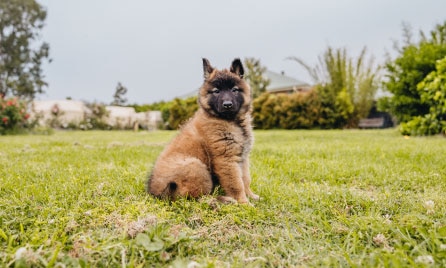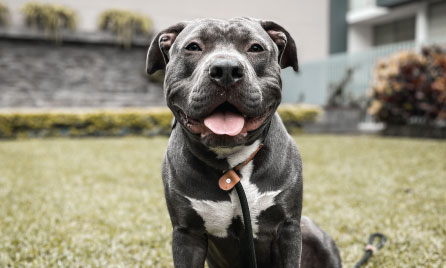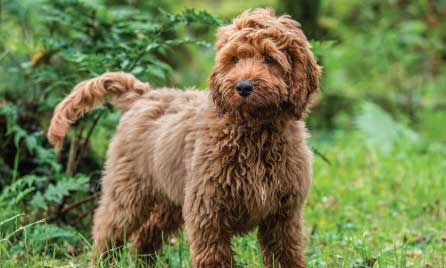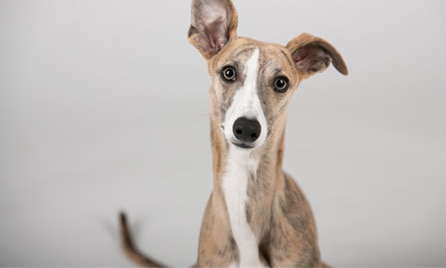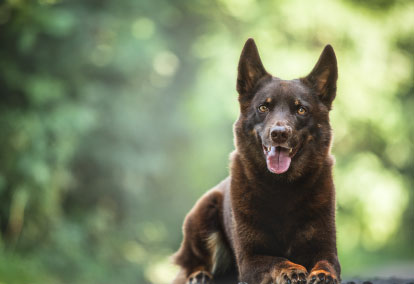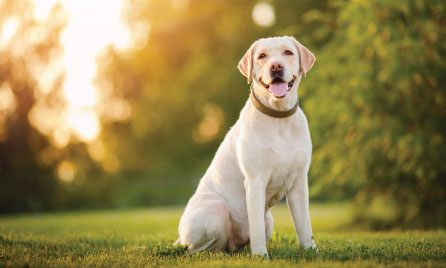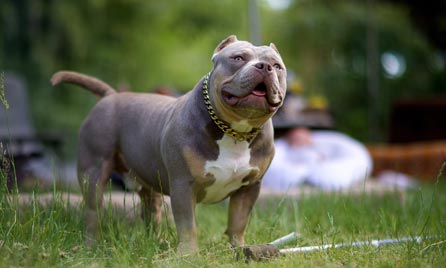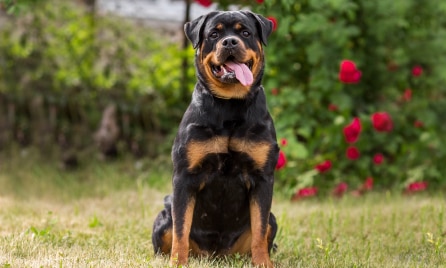- text
-
^ Pre-existing conditions and certain illnesses may be excluded. Policy terms, conditions, exclusions, limits, benefit limits, sub-limits, annual condition limits and excess may apply. For details, please refer to the relevant Product Disclosure Statement (PDS).
◇ Symptoms listed are indicative only, others can apply.
>> As at 31/12/2023 based on the previous 12 months of PetSure (Australia) Pty Ltd claims data.
What do I need to know before getting a dog?
- What to consider when choosing a dog breed.
- Common things you need for a dog.
- Welcoming your new furry family member.
- Popular dog breed characteristics.
- Common conditions in dog breeds.
- Eye conditions.
- Commonly claimed conditions by dog breed size.
- Dog insurance.
- Cover your furry friend today.
- Comprehensive Plus annual limit.#
- Claim up to 80% back.*
- Lifetime cover.‡
- Introducing GapOnly.®
- Find out more about these dog breeds.
- We're here to help.
So, you’ve decided to take the exciting step of buying a dog. Congratulations!
Is it a new addition to your family? Or, maybe you’re single and looking for a furry friend to keep you company? Whatever the reason, picking a breed that suits your environment and lifestyle are things you should consider.
You’ve probably heard it before, but buying a dog comes with responsibilities. From training to pet insurance, it’s essential to make sure you’re ready for the challenges and financial commitment of owning a pet.
Often puppies and dogs are bought without proper consideration of how much care they require, leaving every year in Australia.
We’ve outlined some key traits and conditions of common dog breeds to help you find the perfect companion.

